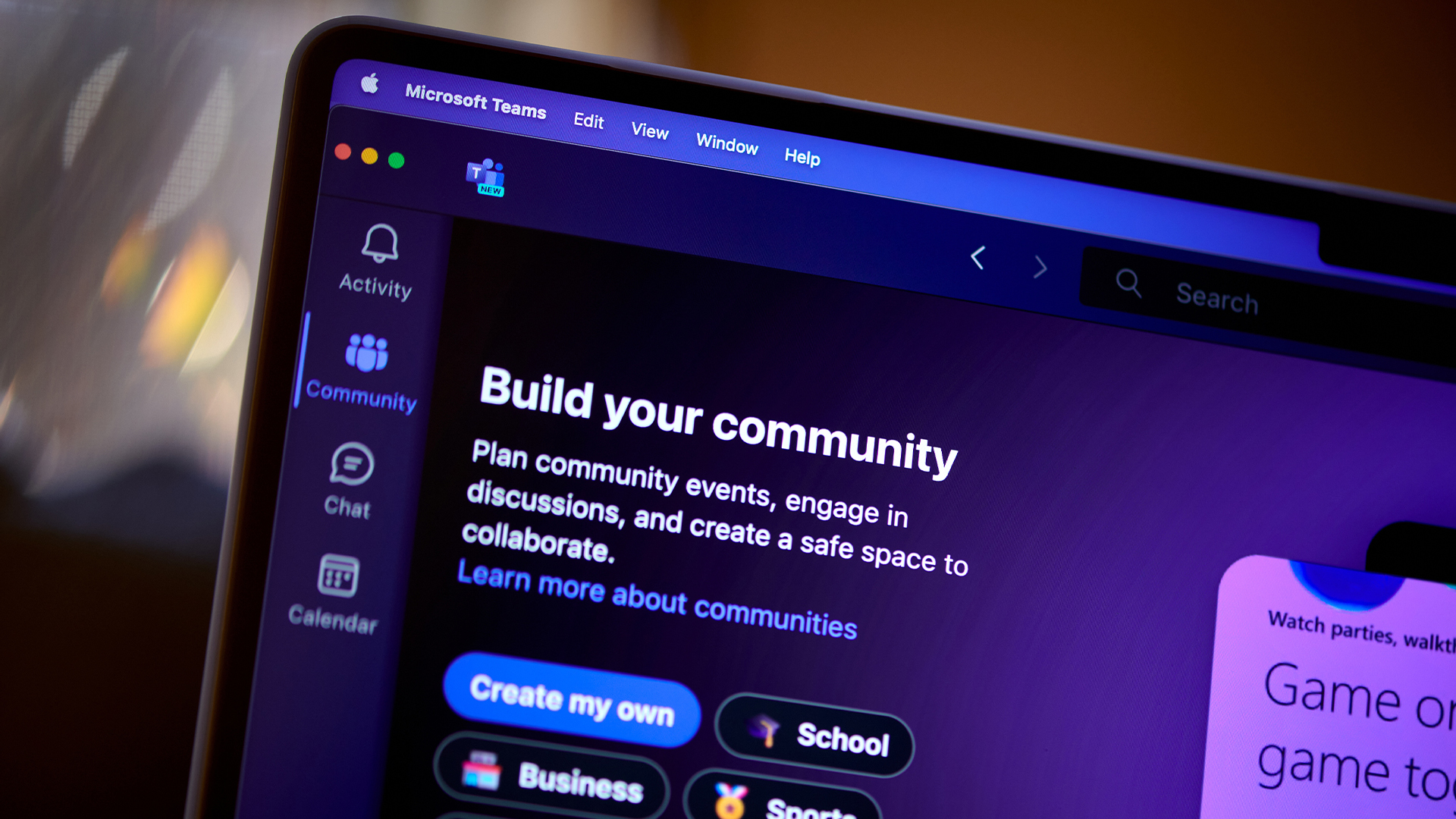Microsoft: Raspberry Robin worm key facilitator of LockBit, Cl0p ransomware
The worm was first reported in May 2022 and has evolved into one of the largest malware distribution platforms currently active


Microsoft has published its investigation into Raspberry Robin, finding significant links between the worm and leading ransomware campaigns, as well as its key role in a wider malware ecosystem.
The current leading ransomware campaign, LockBit, has been shown to be in part facilitated by the Raspberry Robin worm and the now-shuttered Cl0p ransomware, which was another of the most prolific campaigns of 2021 and 2022, also used it to deploy payloads.
RELATED RESOURCE

Building a better password strategy for your business
Exploring the strategies and exploits that hackers are using to circumvent password security measures
Researchers observed devices infected with Raspberry Robin being installed with the FakeUpdates malware in July 2022, leading to activity attributed to the threat actor tracked as DEV-0243 - a ransomware-associated group whose actions overlap with those of the group tracked as EvilCorp by other security researchers.
Raspberry Robin-infected devices were first noticed deploying LockBit ransomware payloads in November 2021 and has since been observed dropping samples of malware such as IcedID, Bumblebee, and Truebot too.
Additionally, Microsoft observed in October 2022 Raspberry Robin being used in post-compromise activity attributed to another actor, DEV-0950. The widely abused Cobalt Strike penetration testing tool was successfully dropped on victims after a Raspberry Robin infection and this ultimately also led to the deployment of Cl0p ransomware.
“DEV-0950 traditionally uses phishing to acquire the majority of their victims, so this notable shift to using Raspberry Robin enables them to deliver payloads to existing infections and move their campaigns more quickly to ransomware stages,” said Microsoft.
Microsoft's data indicated that nearly 3,000 devices in almost 1,000 organisations have seen at least one Raspberry Robin payload-related alert in the last 30 days.
Sign up today and you will receive a free copy of our Future Focus 2025 report - the leading guidance on AI, cybersecurity and other IT challenges as per 700+ senior executives
Raspberry Robin was publicly disclosed in May 2022 by security firm Red Canary which branded it a widely distributed worm. Since then, it’s evolved into one of the largest malware distribution platforms currently active, Microsoft said.
Microsoft also said it’s possible that the actors behind the Raspberry Robin-related malware campaigns are paying the worm's operators to install malware that could lead to additional attacks.
"Raspberry Robin’s infection chain is a confusing and complicated map of multiple infection points that can lead to many different outcomes, even in scenarios where two hosts are infected simultaneously," said Microsoft.
"There are numerous components involved; differentiating them could be challenging as the attackers behind the threat have gone to extreme lengths to protect the malware at each stage with complex loading mechanisms. These attackers also hand off to other actors for some of the more impactful attack stages, such as ransomware deployment."
Microsoft also said it's currently aware of and tracking at least four entry vectors used by Raspberry Robin to infect victim machines - vectors that were linked to hands-on-keyboard activity from threat actors. The end goal of these actions was most likely the deployment of ransomware, it added.
The tech giant underlined that developing a robust protection and detection strategy and investing in credential hygiene, least privileges, and network segmentation are keys to preventing the impact of these complex threats.
Zach Marzouk is a former ITPro, CloudPro, and ChannelPro staff writer, covering topics like security, privacy, worker rights, and startups, primarily in the Asia Pacific and the US regions. Zach joined ITPro in 2017 where he was introduced to the world of B2B technology as a junior staff writer, before he returned to Argentina in 2018, working in communications and as a copywriter. In 2021, he made his way back to ITPro as a staff writer during the pandemic, before joining the world of freelance in 2022.
-
 Trump's AI executive order could leave US in a 'regulatory vacuum'
Trump's AI executive order could leave US in a 'regulatory vacuum'News Citing a "patchwork of 50 different regulatory regimes" and "ideological bias", President Trump wants rules to be set at a federal level
-
 TPUs: Google's home advantage
TPUs: Google's home advantageITPro Podcast How does TPU v7 stack up against Nvidia's latest chips – and can Google scale AI using only its own supply?
-
 15-year-old revealed as key player in Scattered LAPSUS$ Hunters
15-year-old revealed as key player in Scattered LAPSUS$ HuntersNews 'Rey' says he's trying to leave Scattered LAPSUS$ Hunters and is prepared to cooperate with law enforcement
-
 The Scattered Lapsus$ Hunters group is targeting Zendesk customers – here’s what you need to know
The Scattered Lapsus$ Hunters group is targeting Zendesk customers – here’s what you need to knowNews The group appears to be infecting support and help-desk personnel with remote access trojans and other forms of malware
-
 Impact of Asahi cyber attack laid bare as company confirms 1.5 million customers exposed
Impact of Asahi cyber attack laid bare as company confirms 1.5 million customers exposedNews No ransom has been paid, said president and group CEO Atsushi Katsuki, and the company is restoring its systems
-
 The US, UK, and Australia just imposed sanctions on a Russian cyber crime group – 'we are exposing their dark networks and going after those responsible'
The US, UK, and Australia just imposed sanctions on a Russian cyber crime group – 'we are exposing their dark networks and going after those responsible'News Media Land offers 'bulletproof' hosting services used for ransomware and DDoS attacks around the world
-
 A notorious ransomware group is spreading fake Microsoft Teams ads to snare victims
A notorious ransomware group is spreading fake Microsoft Teams ads to snare victimsNews The Rhysida ransomware group is leveraging Trusted Signing from Microsoft to lend plausibility to its activities
-
 Volkswagen confirms security ‘incident’ amid ransomware breach claims
Volkswagen confirms security ‘incident’ amid ransomware breach claimsNews Volkswagen has confirmed a security "incident" has occurred, but insists no IT systems have been compromised.
-
 The number of ransomware groups rockets as new, smaller players emerge
The number of ransomware groups rockets as new, smaller players emergeNews The good news is that the number of victims remains steady
-
 Teens arrested over nursery chain Kido hack
Teens arrested over nursery chain Kido hacknews The ransom attack caused widespread shock when the hackers published children's personal data
